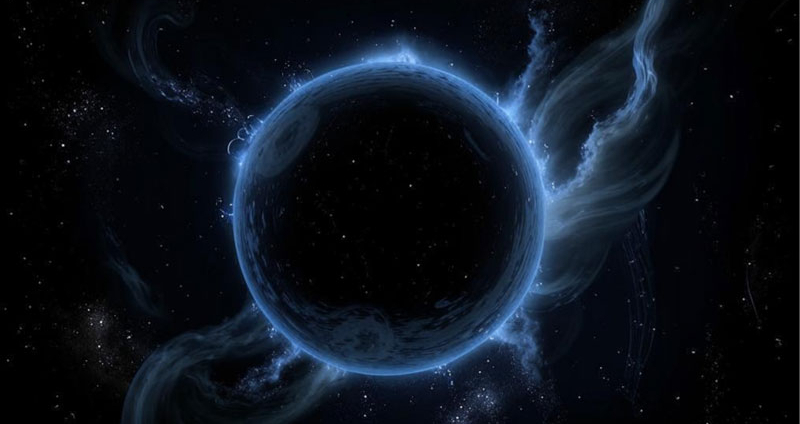Scientists accidentally discovered an unusual neutron star
- June 5, 2024
- 0
Among the 3,000 neutron stars discovered, there is not one that rotates slowly enough. The normal rotation time of these objects is fractions of a second. Therefore, there
Among the 3,000 neutron stars discovered, there is not one that rotates slowly enough. The normal rotation time of these objects is fractions of a second. Therefore, there

Among the 3,000 neutron stars discovered, there is not one that rotates slowly enough. The normal rotation time of these objects is fractions of a second. Therefore, there was no limit to astrophysicists’ surprise when signs of a neutron star with an orbital period of 54 minutes were found in radio observation data of the southern sky. If confirmed, the data would lead to a change in the understanding of the behavioral patterns of neutron stars.
An article about the research was published in today’s issue of the magazine. Nature Astronomy. The discovery was made by astrophysicists from the University of Sydney and the Australian National Science Agency (CSIRO), as well as scientists from the Universities of Manchester and Oxford. They examined the southern sky with two new radio instruments, ASKAP and MeerKAT. Later, observational data revealed an object with all the essential properties of a neutron star, but its radio emission had a period of 54 minutes rather than the fractions of seconds and fractions of a second characteristic of these objects.
The radio pulse period of a neutron star corresponds to one rotation around the axis. Traditionally these are very, very fast spinning objects that appear after a supernova explosion. If the mass of the star’s core after the supernova explosion is not enough for the formation of a black hole, but it is large enough, a neutron star with a radius of about 10 km and an incredibly high density of mass appears. about 1.4 solar masses. Before the discovery of “slow” neutron stars, scientists had created a model that described their behavior and properties fairly well. Now these models will probably need significant adjustments.
There is a chance that scientists may discover a magnetized white dwarf rather than a neutron star, but preliminary data indicate that the probability of such an event is low. New studies of the mysterious object will help shed light on this extraordinary discovery.
First author Dr. from the Department of Astronomy at the University of Sydney. Manish Caleb said: “The interesting thing is that this object exhibits three different radiation states, each with completely different properties. The MeerKAT radio telescope in South Africa played a very important role in the distribution of these states. If the signals did not come from the same point in the sky, we would not believe that it was the same object giving off these different signals.” .”
Source: Port Altele
As an experienced journalist and author, Mary has been reporting on the latest news and trends for over 5 years. With a passion for uncovering the stories behind the headlines, Mary has earned a reputation as a trusted voice in the world of journalism. Her writing style is insightful, engaging and thought-provoking, as she takes a deep dive into the most pressing issues of our time.